

If you want to learn about mortgage loans in Canada, interest rates, mortgage lenders, down payments, and payment terms, then you’ve come to the right place.







If you can get alternative housing, do it. Mortgage rates are rising and it’s no secret that Canadians across the country have
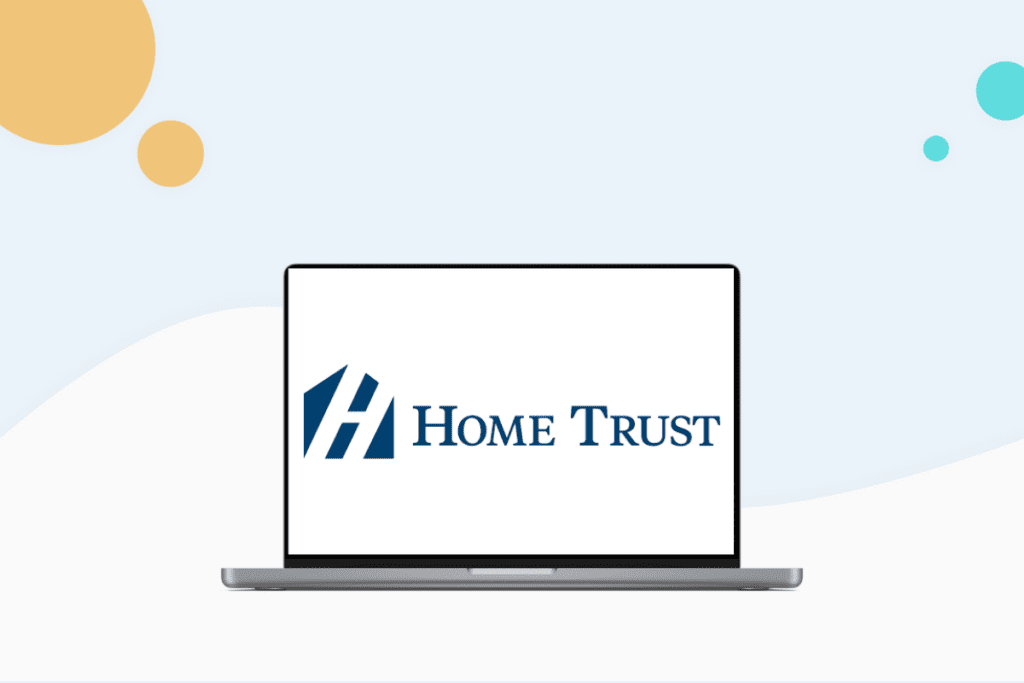
With inflation skyrocketing and many Canadians recovering from financial struggles stemming from the pandemic, many are having difficulty getting approved for a
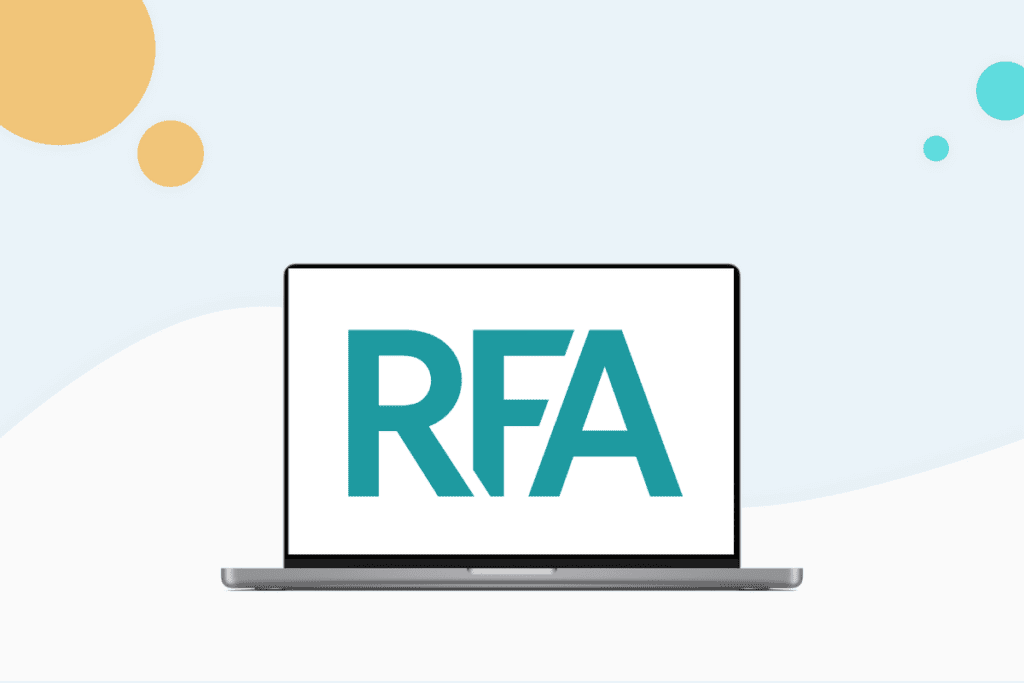
When you start your home buying journey, the last thing you want is to be denied on your mortgage application. For many
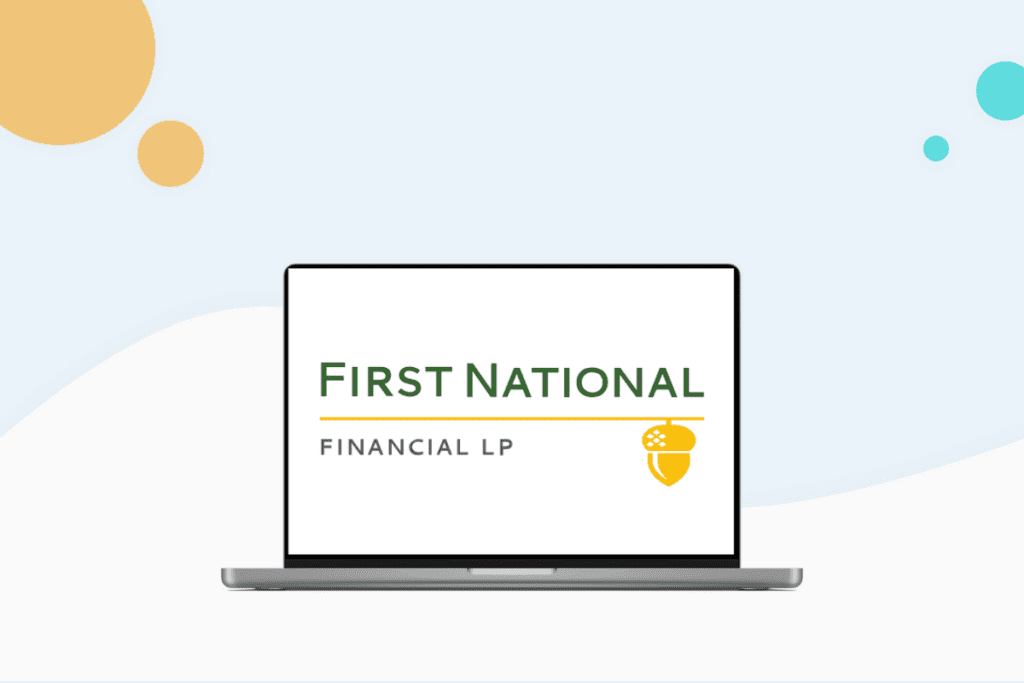
First National is a subprime mortgage lender offering mortgage solutions for Canadians. Their focus on providing mortgages for customers who may not
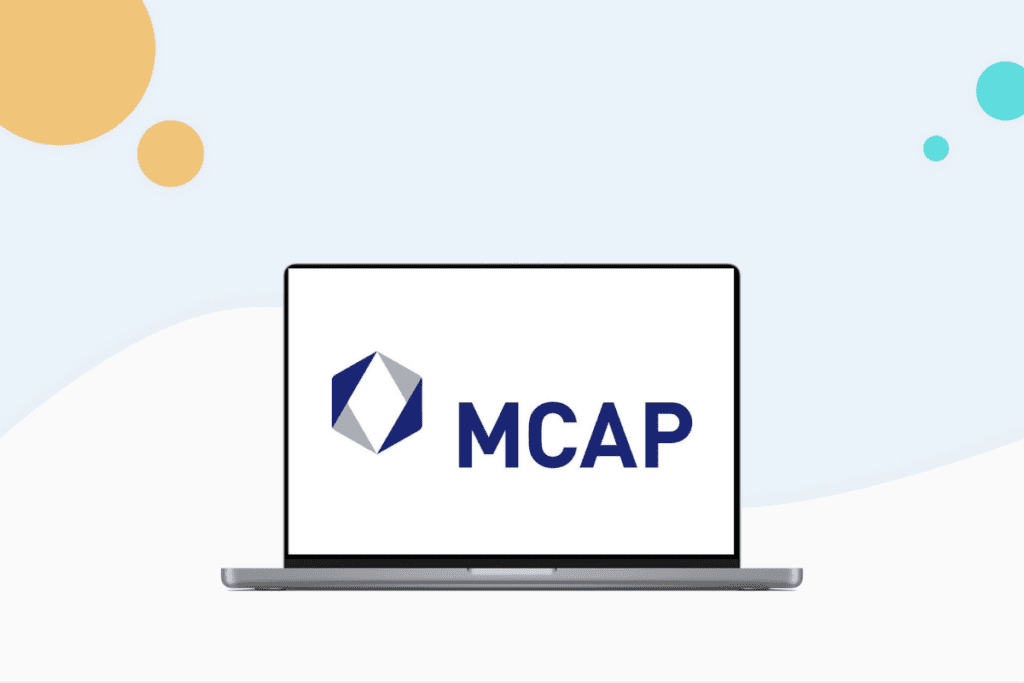
When most Canadians think of mortgage providers, the Big Six Canadian banks including BMO, CIBC, and TD come to mind. However, not

This is a vintage type of mortage not seen in years. Lenders took a hiatus from offering interest-only mortgages in 2010. Depending
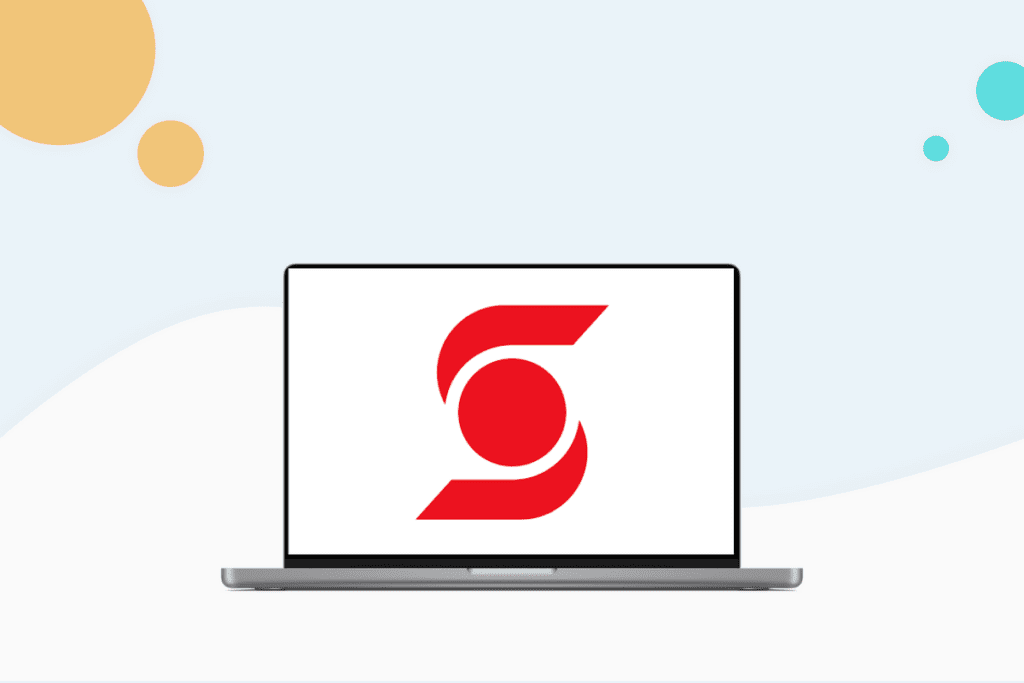
Since the pandemic, more and more of our lives have moved online. We use the internet for work, family events, job applications,

Open vs closed mortgage, fixed or variable rate, oh my! Are you about to buy a house for the first time? Or

The housing market is moving fast, meaning you need a mortgage lender who will provide quick, quality service to get your mortgage
A subprime mortgage is a mortgage issued to borrowers with less than average or even bad credit. These mortgages for people with a less than stellar credit history typically come with a higher price tag in the form of higher interest rates to compensate lenders for the extra risk they are taking. The definition of a good credit score varies from lender to lender. However, in general, any score above 650 is considered to be good while a score below 550 will likely put you in the subprime category.
The top mortgage lenders in Canada are the six major banks, namely: RBC, TD, Scotiabank, National Bank, CIBC and BMO. These 6 banks account for nearly 70% of all mortgages in Canada. However, there are also other ‘alternative lenders’ that borrowers can work with, including smaller banks, credit unions, and private lenders.
There are several important steps and considerations to make when purchasing your first home to ensure a seamless process from initial search through to successful closing. When it comes to mortgages, it is particularly important to select the optimal mortgage type that suits your needs and profile. Alternatively, if you want to have the flexibility to be able to pay off your loan faster than scheduled, you might want to explore hybrid or convertible mortgages depending on your particular circumstances.
Yes, you can get a mortgage even if you are planning to build your own house instead of purchase one already available on the market. However, a conventional mortgage is probably not going to suit your needs. You will need to approach a lender who is willing to give you a construction mortgage. Note that the terms on these mortgages may differ pretty vastly from a regular mortgage because of the different type of risk that the lender is undertaking with a property that is not yet built.
Particularly in a reducing rate environment, there may be compelling financial reasons to pay off your mortgage early. Provided that the mortgage break penalty is not prohibitively expensive, you may be able to save thousands in interest payments by paying off your mortgage ahead of schedule. Alternatively, you can also choose to invest your excess cash if the expected rate of return on your investments is likely going to provide a greater return than the rate you pay on your mortgage.
If you are self-employed and want to get a mortgage, you will likely have to show that your business has been operational for at least 2 years before you quality for a loan. However, there are exceptions to this rule depending on the lender. The non-negotiable requirements that you will have as a self-employed borrower are the submission of documents including: your business’s financial statements and Notice of Assessments for the last 2-3 years, your personal credit history report, proof that you have paid your personal taxes on time, Articles of Incorporation (or GST license or other such document proving you are operating a licensed business), and proof that you are truly the owner of your business.
Average monthly mortgage payments differ from province to province based on the strength of its individual housing market. According to statistics released by the Canada Mortgage and Housing Corporation (CMHC) in March 2022, the average mortgage payment across Canada was $1,563. This ranged from $915 in New Brunswick to $1,893 in Ontario and $2,022 in British Columbia.
The Smith Maneuver is a personal finance strategy that involves making the interest you pay on your mortgage tax-deductible. In Canada, borrowers cannot claim the interest they pay on a mortgage on their annual taxes. However, interest paid on an income-generating investment is tax-deductible. The premise of the Smith Maneuver requires obtaining a re-advanceable mortgage loan which gives you access to a home equity line of credit (HELOC). The amount available under the HELOC increases by your monthly interest payments on the mortgage. By withdrawing the funds in the HELOC each month and using them to buy stocks, bonds, ETFs or other income-producing assets, you can make the interest you pay on the HELOC tax-deductible while compounding your returns in the market.
In Canada, the government has stipulated minimum down payment requirements based on the value of the home you are looking to purchase. For homes worth $500,000 or less, a minimum down payment of 5% is required. For homes worth between $500,001 to $999,999, the minimum down payment is 5% of the first $500,000 and 10% for any incremental amount above $500,000 and below $999,999. Lastly, for homes worth $1 million or more, a flat 20% down payment applies.
In Canada, each lender sets their own mortgage rate based on prevailing interest rates, the cost of their own operations, and any promotional offers they want to run. Mortgage rates are also contingent on the borrower’s financial profile and the credit risk that the lender evaluates them to be. Lower perceived credit risk will naturally result in a lower rate offered, and vice versa. Prospective borrowers should compare various mortgages offered by lenders to determine the best fit for their own financial profile before signing on the dotted line with a single lender.
There are several criteria that a borrower has to meet before their mortgage can qualify for CMHC homeowner mortgage loan insurance. These rules stipulate that the house must be located in Canada, its purchase price must be $1 million or under, minimum down payment requirements are met, and the down payment comes from the borrower’s own resources (gifts are only acceptable for 1-4 unit properties). In addition, total monthly costs of the house (namely, principal, interest, property tax and heating) must not exceed 32% of gross household income. This is called the Gross Debt Service (GDS) ratio. Lastly, your total debt (which includes principal, interest, property tax and heating, as well as, debt repayments you make on other loans) should not exceed 40% of gross household income. This is called the Total Debt Service (TDS) ratio.
If you are planning to buy a house in the near future, you can get a head start on saving up for the down payment using a high-interest savings account. In Canada, there are several financial services providers that offer this type of account. The best high-interest savings account is very much dependent on your personal objectives and priorities. Another thing to consider before picking an account to save for a down payment is the type of registered account that will allow you to save the most tax dollars. While there is no universal truth when it comes to personal finances, the most fiscally advantageous registered accounts to save for a cash down are the RRSP and the newly created FHSA.

Subscribe to our free newsletter and receive personal finance content every week
